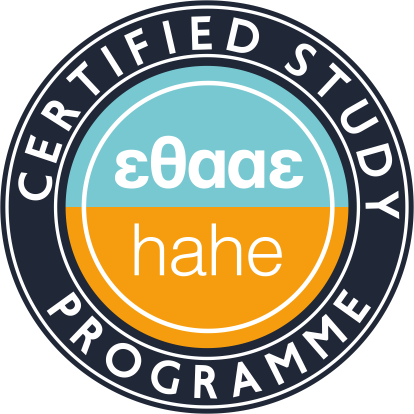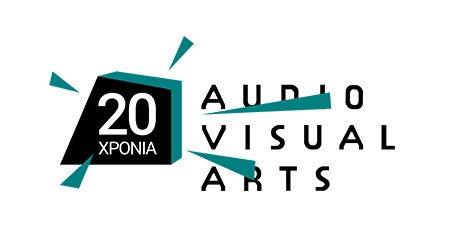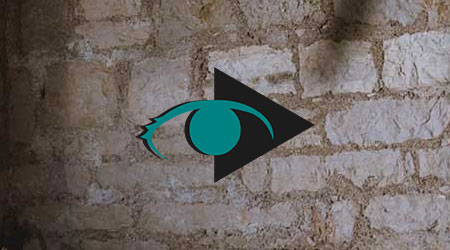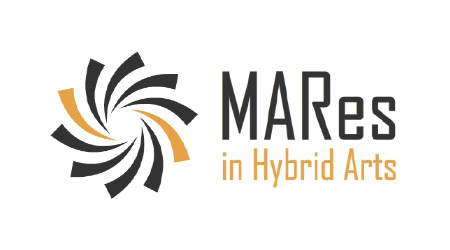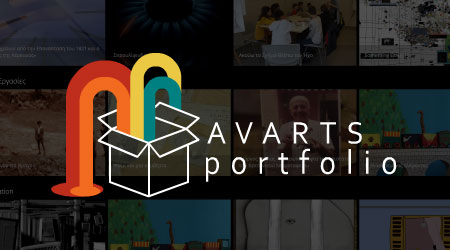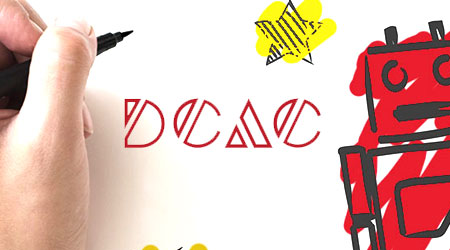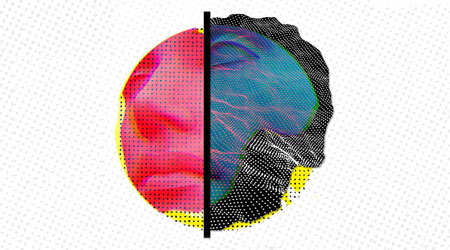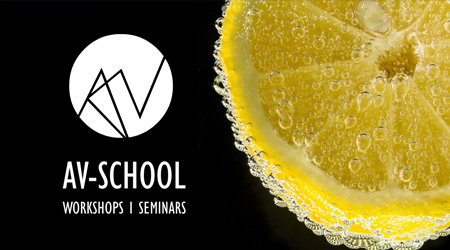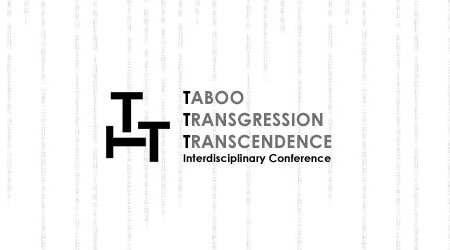Sound Technology
Teaching Staff: Miliaresi Ioanna
Course Code: AUD320
Course Category: General Background
Course Type: Elective
Course Level: Undergraduate
Course Language: Greek
Delivery method: Lectures
Semester: 3rd
ECTS: 5
Teaching Units: 3
Teaching Hours: 3
Teaching Structure:
| Activity | Semester Workload |
|---|---|
| Lectures | 26 |
| Lab Practice | 13 |
| Literature Study and Analysis | 56 |
| Practice and Preparation | 30 |
| Course Total (ECTS: 5) | 125 |
Prerequisite to / Recommended to: (AUD420), (AUD623)
Αn introduction to sound / audio technology, based on the relative historic technological evolution: from phonograph to portable digital sound. The generic model of sound recording and reproduction: modeling and functional requirements. Definition of the frequency response. Distortion types and metrics in sound technology. Techniques for reducing or eliminating distortions. Types and characteristics of transducers: microphones and speakers. Analog sound systems: sources, preamplifiers and power amplifiers. Loudspeaker systems. Analog interconnections standards and multichannel sound technologies for studio, home or professional cinema. Fundamentals of digital sound: analog-to-digital conversion, sampling and quantization. Digital audio coding techniques (PCM, DSD, PWM) and lossy compression approaches. Digital sound systems: sources, processors, digital amplifiers and loudspeakers. Sound signals storage technologies: storing in computer files, in portable digital media and on optical disks. Optical and digital magnetic disks formats for sound storage and distribution. Digital sound transmission and radio broadcast technologies.
"Audio Technology" is offered as an optional course for all undergraduate students during the third semester of their studies at the department of audio and visual arts. The course overall aim is to provide a presentation and analysis of the topics related to prior but also state-of-the-art sound technology. This knowledge is required for the future selection and employment of these technologies in the creative field of digital and new media arts, based on their physical or inherent limitations and functional capabilities. Particular focus is given the comparative evolution of equivalent analog and digital technologies. This comparison is performed using specific quality measurements that consider all the possible distortion types that characterize both analog and digital sound systems.
The successful attendance of the course offers the ability to the corresponding students to:
- discriminate the different types of distortions that affect the sound quality,
- employ the distortion measurements tools as means for improving the quality of their sound work or for selecting the appropriate equipment,
- recognize the different types of digital audio coding techniques,
- outline the pros and cons of different class types of power amplifiers and interconnection standards,
- develop basic understanding on the effect of sampling and quantization applied during digitization of sound,
- explain the potential advantages of analogue vs digital technology and vice versa.
Week #1: Introduction to audio technology: a brief overview of the historical evolution from phonograph to state-of-the-art technologies. The generalized model of the electroacoustic sound-recording and reproduction chain. The two basic perspectives of sound technology: analogue and digital.
Week #2: The generalized, system-based consideration of sound technology. Models for acoustic, electric and electroacoustic subsystems. Structure, interconnection and functional requirements of the typical sound-recording and reproduction chain. Definition of the basic distortion types that are present in this chain.
Week #3: System representation in the frequency domain: definition and thorough explanation of the frequency response curve. Linear distortions expressed in the frequency domain. Additive noise distortions and their impact to sound quality. Using sound-to-noise ration (SNR) metric for evaluating the quality of a sound recording.
Week #4: Non-linear distortions: common facts, types and means for their reduction or elimination. Distortions due to clipping. Combined distortions and sound quality.
Week #5: Using electrical models for evaluating the performance of electroacoustic systems. Basic resonance equivalent circuits. Electroacoustic converters, a brief overview of their evolution. Definition of their basic characteristics: sensitivity and directivity.
Week #6: Microphone as a basic electroacoustic transducer: equivalent circuits, sensitivity and directivity factors. Microphone categories based on directivity. Sound signal level definitions. Techniques for measuring microphone directivity. Microphones and frequency / transient response. Explanation of the proximity effect. An introduction on how to use microphones for mono and stereo recording.
Week #7: The speaker as a basic electroacoustic transducer: equivalent circuits and frequency response. Definition of a speaker sensitivity and efficiency in terms of power handling. Speakers as amplification loads.
Week #8: A historical perspective of analogue technologies for sound recording. Recording to legacy magnetic tapes. Analog pre- and power amplifiers. Technical specification and class types for power amplifiers. Loudspeaker systems and their characteristics: sensitivity, frequency response, directivity and impedance. Loudspeakers’ behaviour as a power load. Crossover circuits.
Week #9: Basic types of analogue interconnections. Sound interconnections as distortion sources. Connecting microphones using cables. Generic interconnection standards and cable colour codes. Serial and parallel connections between loudspeaker and amplifiers. Bi-wiring and bi-amplification. Spatial sound projection through analogue coding techniques.
Week #10: Digital audio foundations: how to convert analogue to digital. Elements of sampling theory. Sampling distortions explained.
Week #11: How quantization is applied. Definition of the digital signal dynamic range. Reasons for employing dither and noise-shaping techniques.
Week #12: Digital sound arithmetic representation and coding. Fixed and floating point coding. Different digital audio coding techniques: PCM, DSD and PWM. Technologies and standards for lossless and lossy sound signal compression: FLAC, ADPCM, AC-3 and MPEG Audio. Digital multichannel systems and standards for studio, home and professional cinema applications.
Week #13: Technologies and formats for sound storage and distribution: file formats and compact discs. Digital audio transmission over networks and digital audio broadcasting standards.
John M. Eargle, “Music, Sound, and Technology” 2nd ed. 1995, ISBN: 978-1475759389
Stanley R. Alten, “Audio in Media”, 8th ed. 2007, ISBN: 978-0495095682
Digital / multimedia content is offered to all students that covers all the theoretical and practical concepts covered by the course. This content is accessible via the institutional e-class platform. Additional laboratory work allows better understanding of specific theoretical terms and concepts.
Enhanced by multimedia content.
The learning process is supported by the asyncrhonous e-learning platform e-class.
Course evaluation is performed by written exams.
Back
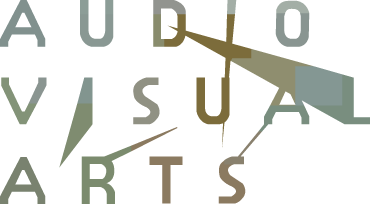


 Sound Technology
Sound Technology